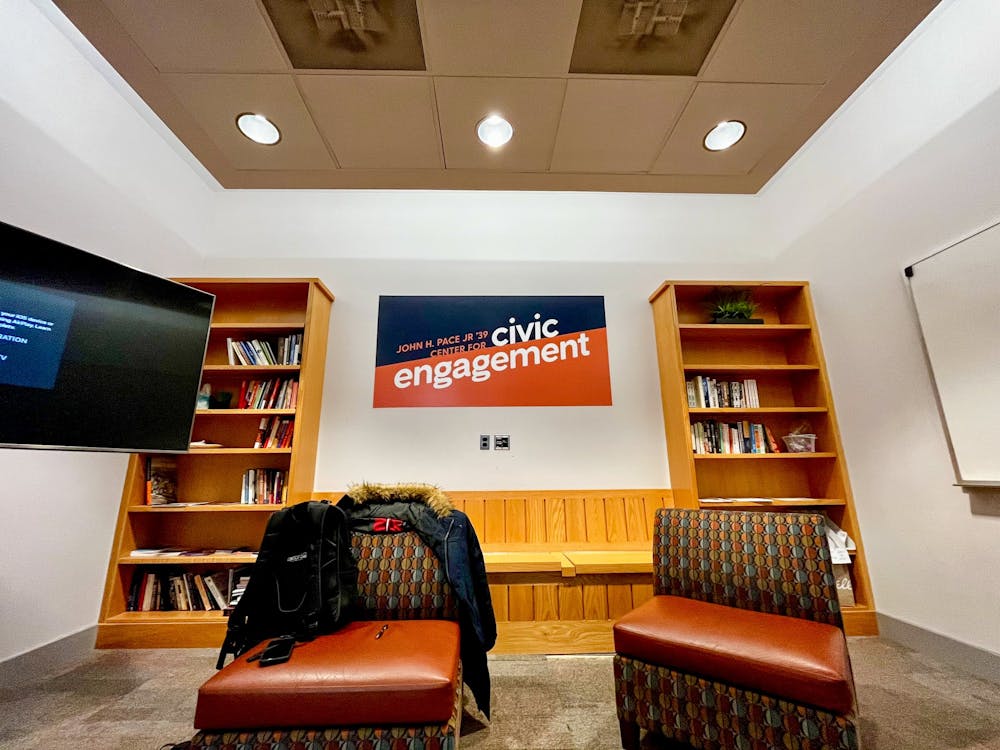One principal counterexample to this argument, often given by a cohort I’ll call “educo-philes,” is our stellar system of higher education. The envy of the world, this argument goes, our colleges and universities will preserve American primacy for decades to come, as they churn out top-notch research, technological innovations and graduates well prepared for the global marketplace.
2011 has been a bad year for that cohort. On Jan. 15, the University of Chicago Press published a book called “Academically Adrift: Limited Learning on College Campuses,” written by professors Richard Arum and Josipa Roksa (both of whom declined to be interviewed for this piece). Hailed as “the most important book on higher education in years,” it concludes that American universities are failing at their central task: Current college graduates are no better at reading, writing, analyzing or thinking critically than they were four years earlier. Since “Academically Adrift” is well on its way to becoming popular orthodoxy, I thought I’d humbly offer three observations.
First, Arum and Roksa’s most inflammatory statistic — that 45 percent of college students don’t experience an acceptable improvement in essential skills over their freshman and sophomore years — has been the cause of unreasonable alarmism. The 45 percent figure is derived from a single test, called the Collegiate Learning Assessment, which, though widely used, has notable flaws. Its detractors point to the difficulty of “measuring” critical thinking skills and to the small number of students (roughly 100) who take the test at each participating school. Alexander Astin, Allan M. Cartter Professor Emeritus and founding director of the Higher Education Research Institute at UCLA—who is himself quoted in the book—told me by phone that using the CLA is “highly questionable ... a dubious measure of what colleges are trying to help students learn.”
Most worryingly, as Astin pointed out, Arum and Roksa haven’t been forthcoming about the error of the test they used: “There are serious questions about the fallibility of the CLA ... the statistics the professors used to reach their conclusion weren’t designed to determine whether people learned anything.” In sum, there’s a real risk that Arum and Roksa drew a sufficient conclusion from an insufficient test.
And even if we accept the fundamental argument of “Academically Adrift,” that American colleges and universities aren’t providing an acceptable quantitative return on investment, there’s a second question worth asking. That is, whether there are qualitative, intangible benefits to the college experience not tested for in the CLA.
The most basic of these is the personal growth that four years away from home provides. College students are called upon to manage their own time, finances, living arrangements, courses of study, lifestyle choices and career plans. On a broader level, a well-informed and educated electorate is extremely beneficial to democracy. And though it implies an economic cost — tuition and public funding — college also provides a real economic benefit: a safety net that helps teenagers transition into adulthood. The essential question, then, is whether this growth is worth the high cost of sending so many students to college, not whether there’s growth at all.
But there is a third aspect of “Academically Adrift” that merits consideration, one that most academics agree on, and one that’s immediately relevant to Princeton: Grading standards have gotten considerably more lenient over the past 40 years. And one ramification of this finding is that the CLA confirms much of the logic that underlies Princeton’s (wait for it) grade deflation policy. Arum and Roksa found a direct correlation between curriculum difficulty and improvements in critical thinking, reading and writing skills. Make classes harder and students respond. And while the nature of Princeton’s student body means that the finding may not apply here, Dean of the College Nancy Malkiel’s contention that other schools should take a long, hard look at grade deflation isn’t unfounded.
Arum and Roksa are now household names in academia. Earlier this year, at a conference of the Association of American Colleges and Universities, they were introduced as “rock stars.” But before education policymakers take their findings too much to heart, they’d do well to ask if it’s plausible that half of all college students learn nothing in their first two years, and whether the anchor of American education is much stronger than we’ve given it credit for.
Charlie Metzger is a Wilson School major from Palm Beach, Fla. He can be reached at cmetzger@princeton.edu.








